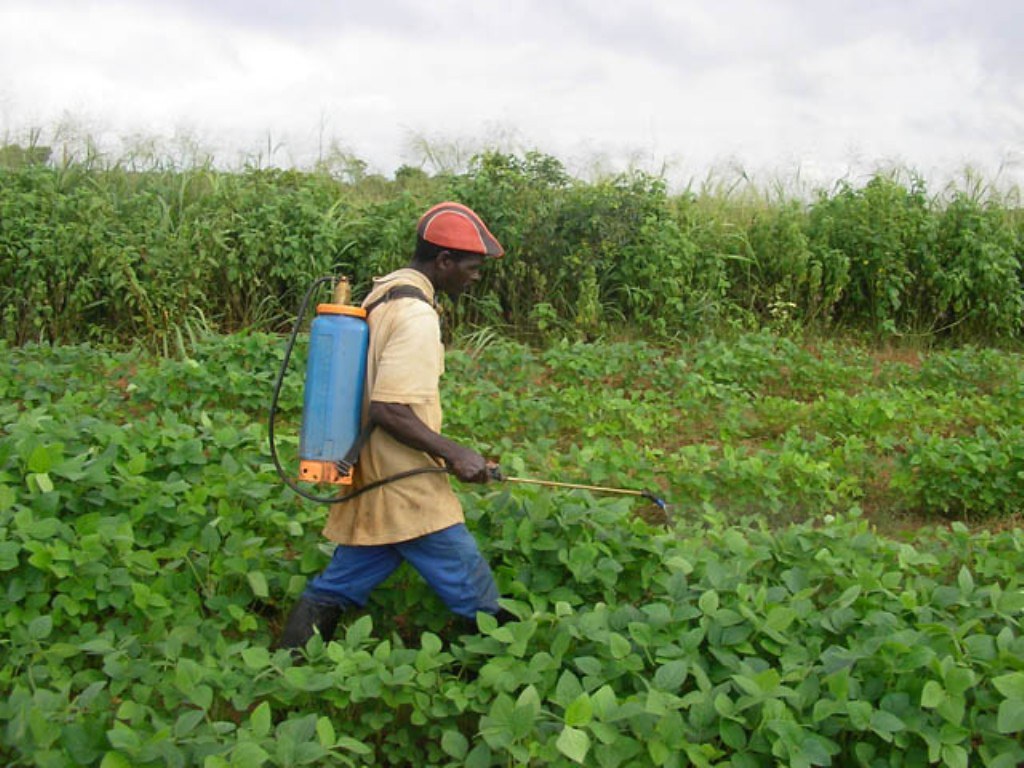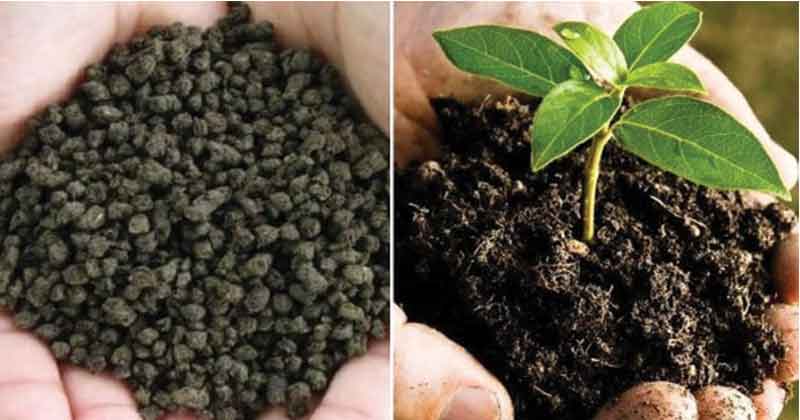The sixth installment under PM Kisan Samman Nidhi Yojana will be sent to farmers’ bank accounts from August 1. Many such farmers got the fifth installment under this scheme during the nationwide lockdown caused by Coronavirus. However, there were many farmers who were left out of this installment.
If you do not get overwhelmed by this installment this time, correct your mistakes from now. You can do this at home. For this, you will have to visit the official website of this scheme (https://pmkisan.gov.in/). Go to the Farmer Corner on the website and click on the Edit Aadhaar Details option and correct the mistakes. If you still have problems after this, then you should contact the helpline (155261 or 1800115526). Apart from this, you can also talk on 011-23381092.
Source: Live Hindustan
Share









